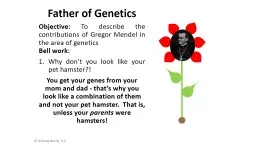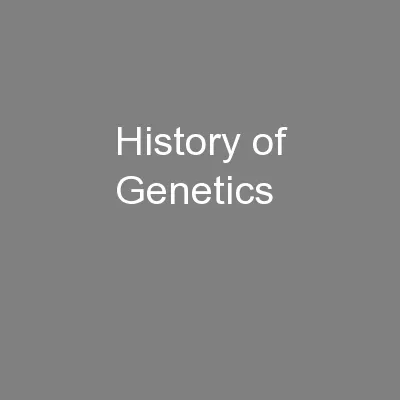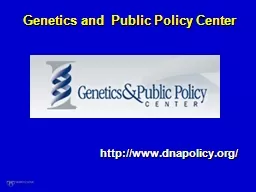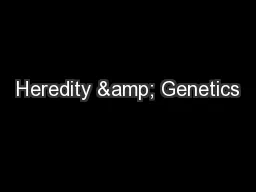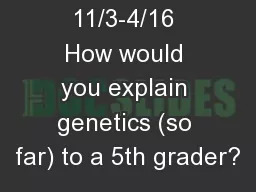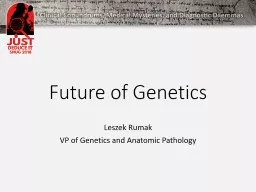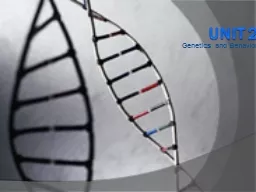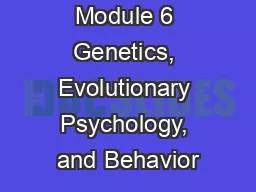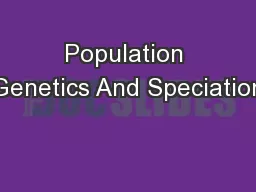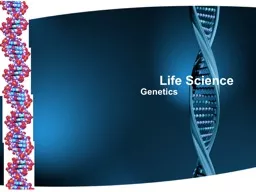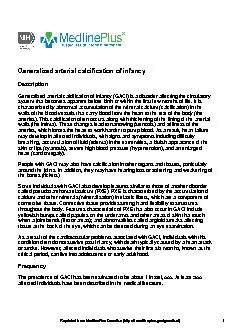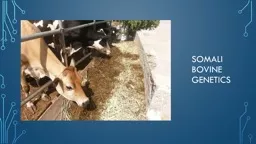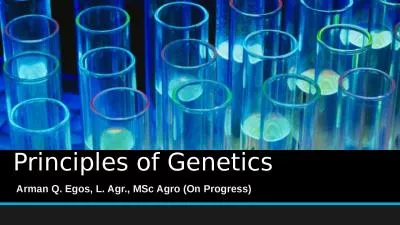PPT-Father of Genetics Objective:
Author : danika-pritchard | Published Date : 2018-03-21
To describe the contributions of Gregor Mendel in the area of genetics Bell work Why dont you look like your pet hamster You get your genes from your mom and
Presentation Embed Code
Download Presentation
Download Presentation The PPT/PDF document "Father of Genetics Objective:" is the property of its rightful owner. Permission is granted to download and print the materials on this website for personal, non-commercial use only, and to display it on your personal computer provided you do not modify the materials and that you retain all copyright notices contained in the materials. By downloading content from our website, you accept the terms of this agreement.
Father of Genetics Objective:: Transcript
Download Rules Of Document
"Father of Genetics Objective:"The content belongs to its owner. You may download and print it for personal use, without modification, and keep all copyright notices. By downloading, you agree to these terms.
Related Documents

